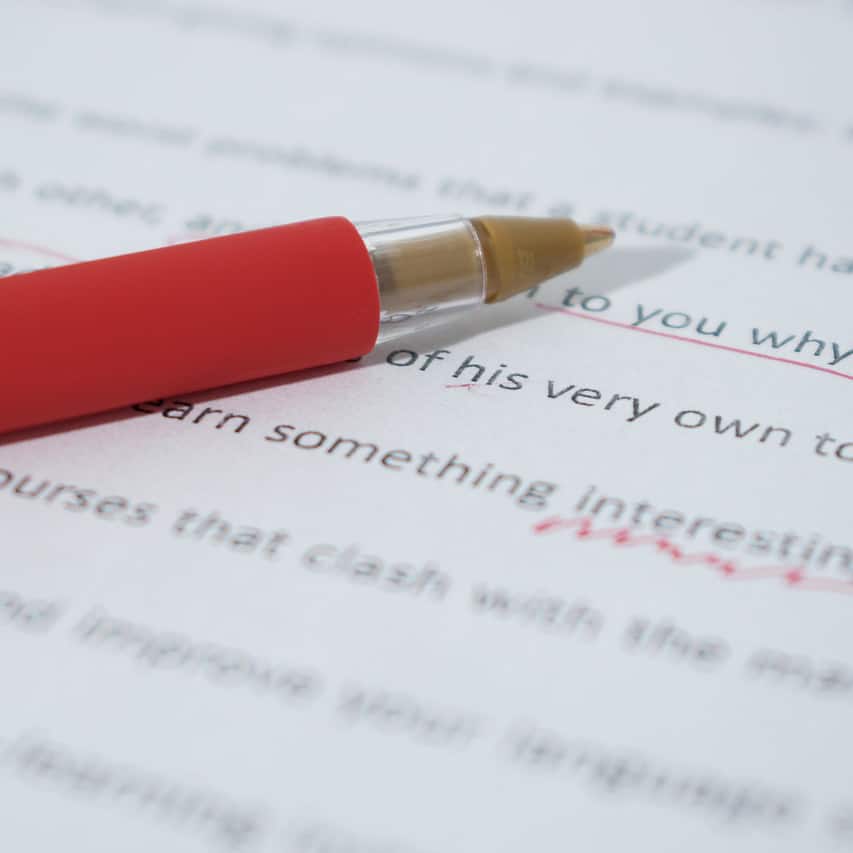1. Define your message
Writing starts with an empty sheet of paper or an empty text document. You create the content in your head.
Don’t confuse yourself, answer the central questions at the beginning: What do you want to achieve with your text? What do you want to communicate? What do you want to experience? What thesis do you want to put forward, what discussion do you want to stimulate? Define the core statement of your text so that you don’t lose your focus later while writing.

2. Who is your audience?
You know your message. Now define your audience by asking yourself the following questions.
Who are you writing for? What knowledge can you expect from your readers, where do they need a short introduction? Which language do you choose to pick up the reader and lead them to the end of your article?
3. Structure your content
What makes your text an article are title, lead, and infertile. There are two different ways to start your article.
Some people start with the title and then write the article around it. Others will write the title at the end. Both methods lead to the goal. The title takes up the core message, arouses interest without revealing too much. And ideally contains a verb. The lead text answers the all questions: Who? What? Where? Why? How?


4. Take a break
After writing your article, you need to get some distance. Take a break, let your article settle down, and read it again later.
This helps you to see your work with different eyes. And you need this so that you can continue with step 5.
5. Shorten your article radically
Now it is time to kill your darlings.
Ask yourself: Is the plot logical? Where are empty phrases hidden? Delete, shorten, and delete again. Avoid passive forms. Name the actors by name, breathe life into your text – with the help of active verbs. Don’t be stingy with verbs in general.


6. Get feedback
If you have revised your text that you think it is nice and easy to read, it is time for a field test. Ask someone to proofread your text.
This step is important because you know your article almost by heart by now. A neutral person who doesn’t know all your thoughts can judge better: Is the content logical? Do questions remain unanswered? Do you lack arguments for your statements?
7. Spelling and punctuation
Now your work deserves a final polish. But: Your eyes have gotten too used to the font of your article, and will overlook mistakes too easily.
But there is a simple trick: change the font. Check spelling and punctuation. Because nothing annoys you more than small typos that you can’t change afterward.

No time for writing?
You don’t have time or leisure? Then leave the writing to me. Contact me via the form and tell me your story and I will put in the right words and add some spice.

